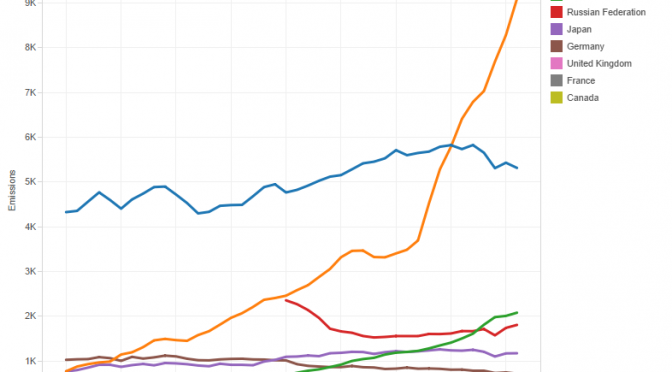Tag: Climate change
-

Forget the vampires. Let’s tackle the real monsters.
Public service announcements on Facebook and Wichita City Channel 7 urge Wichitans to take steps to stop “vampire” power waste. But before hectoring people to introduce inconvenience to their lives in order to save small amounts of electricity, the city should tackle the real monsters of its own creation.
-
Misguided faith
A big “thank you” to Mike Smith for his rebuttal to an op-ed printed in today’s Wichita Eagle.
-

Are you worried about global warming?
As the following two charts show, the models that are in common use by climate scientists have predicted rising temperatures, but actual observations of temperatures have not conformed to predictions. Temperatures have been level in recent years.
-

WichitaLiberty.TV: Government planning, taxes, and carbon
The City of Wichita held a workshop where the Community Investments Plan Steering Committee delivered a progress report to the city council. The document holds some facts that ought to make Wichitans think, and think hard. Then: What is the purpose of high tax rates on high income earners? Finally: Advances in producing oil and…
-
Southeast High School decision a test of beliefs
One aspect of the decision whether Wichita High School Southeast should be moved or renovated in place is this: What about the environment?
-
Government planning, itself, is dangerous
In south-central Kansas, the meme of “it’s only a plan” that can be shelved is likely to be repeated as government officials try to sell a comprehensive planning process.
-
FrackNation to tell truth about fracking
A new feature film by Phelim McAleer and Ann McElhinney will present the truth about hydraulic fracturing, known as fracking.
